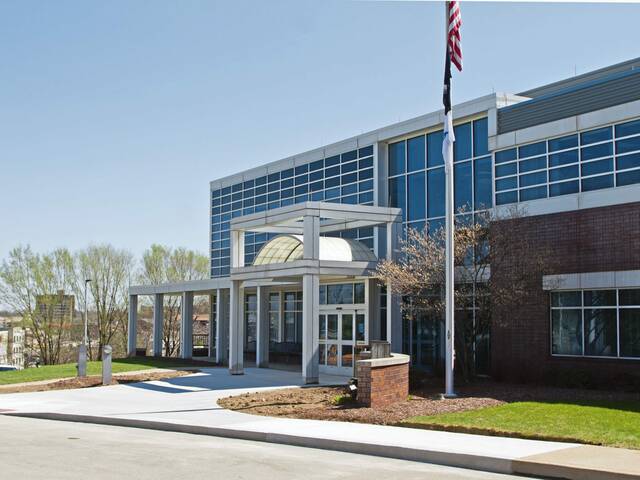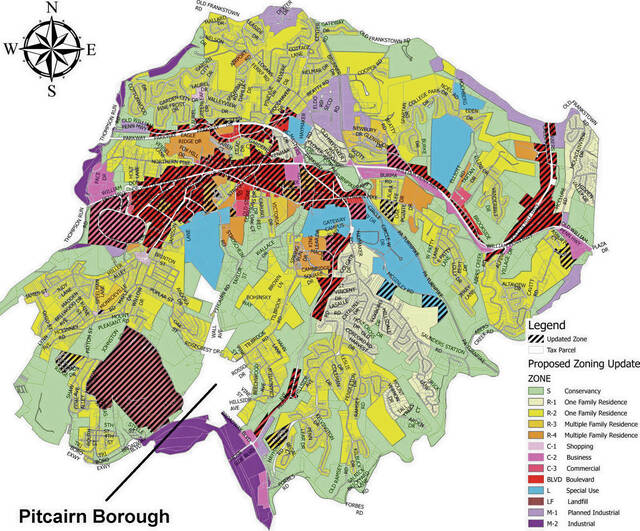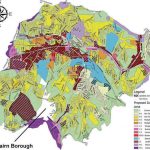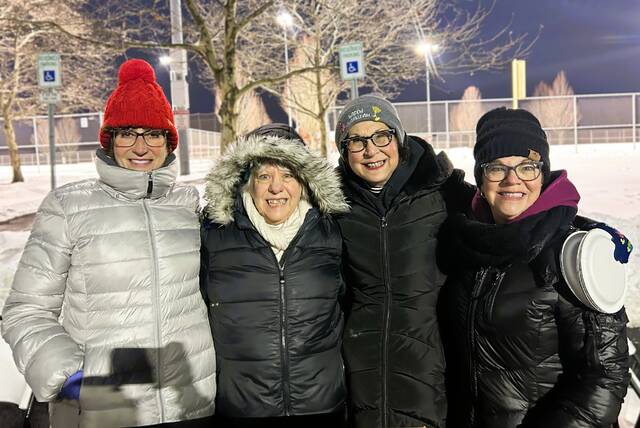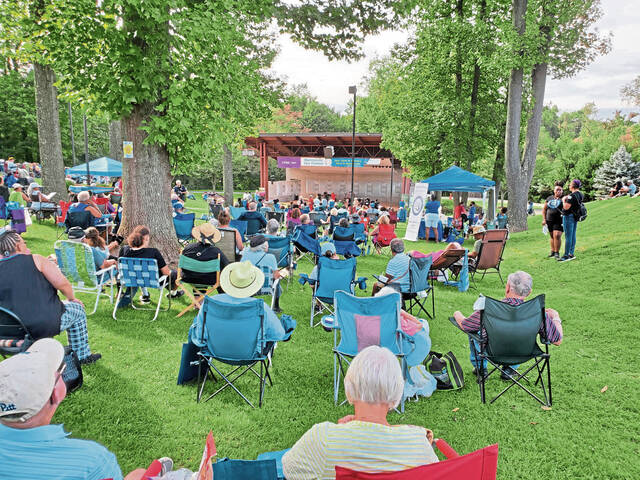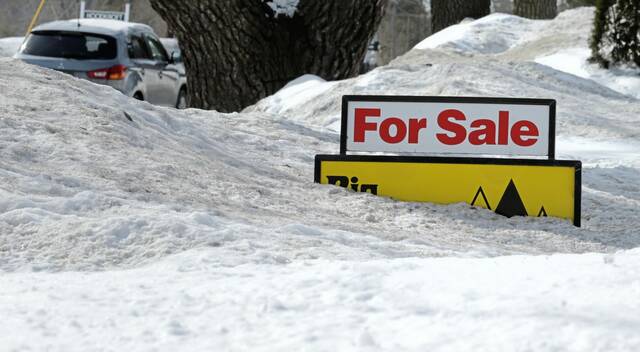Monroeville has functioned under the same zoning ordinance since 1984.
Although it has been amended substantially since, officials are pursuing a consolidated update that contains an abundance of details and addresses various situations that have cropped up during the past 39 years.
“Our current ordinance is under a hundred pages. The proposed ordinance is over 400 pages,” municipal planner/zoning officer Paul Whealdon said. “So there’s a lot of new information in there.”
During a Monroeville Council hearing on April 4, Whealdon joined John Trant, president of consulting firm Strategic Solutions LLC, in summarizing key points in the updated version in its draft form. Council eventually will vote on approving a new ordinance, but further opportunities for public input are available in the meantime, according to Mayor Nick Gresock.
The early April hearing drew a standing-room-only crowd, with many of those in attendance expressing concerns about the ordinance potentially opening the door for activities such as hydraulic fracturing, or fracking, taking place in certain parts of the municipality.
Overall, though, the document strives to cover a multitude of factors with regard to land use, development, transportation and quality of life, based on “key community goals and growth management objectives” listed in Monroeville’s comprehensive plan as adopted in 2006.
“The zoning ordinance is a legally enforceable document. The comprehensive plan is not,” Trant explained. “However, the comprehensive plan provides the overall guidance and objectives for the community, and the zoning ordinance is to implement those objectives.”
Trant started working with Whealdon and other municipal officials in June, and he met with members of the planning commission from August through December, to review the current ordinance and determine what should be included in the update.
A priority was establishing definitions, which resulted in the draft containing 61 pages’ worth of terms, from “abandoned property” to “zoning permit.”
“I’ve been keeping track of how many developers would ask me a question, and we didn’t have something to address it in our prime ordinance,” Whealdon said. “Every one of those questions that I had that I couldn’t answer, I made sure was put into the new ordinance.”
Many of the definitions pertain to situations that weren’t prevalent or didn’t exist in the 20th century, such as the operation of food trucks, hobby farms and short-term home rentals.
“All three of these were things that the planning commission was interested in discussing and updating the proposed ordinance,” Trant said.
A particularly helpful part of the document is a six-page grid showing whether various uses are permitted within designated zoning districts, and if so, if they are by right or require extensive processes toward approval as conditional uses or special exceptions.
The proposed ordinance features a revised zoning map outlining the locations of four types of residential districts, four commercial, two industrial and three “special”:
• S, Conservancy — intended to provide the conservation of open space and the preservation of environmentally sensitive areas throughout the municipality.
• LF, Landfill — intended to provide for control over the locations of both public and private landfills and their design, use, reuse and reclamation.
• BLVD, Boulevard — intended to encourage a mix of residential and commercial development. Examples in other municipalities include The Waterfront in Homestead, Hastings in South Fayette and Southpointe in Cecil, Washington County.
In Monroeville, the mixed-use corridors primarily would be along Business Route 22, Route 48 and Route 286.
“Currently, that’s all just zoned straight commercial,” Whealdon said. “We’re giving more opportunities to those businesses if they want to incorporate apartments or some type of residential.”
The draft ordinance lists oil and gas development as a conditional use in the Conservancy, Landfill and M-2 Manufacturing districts, so as to avoid “exclusionary zoning,” according to Whealdon.
“We could be sued and we could end up in court, and a judge — or the district attorney, in another case — can tell us where to put it. And we have no choice. We have no say in that,” he said. “So we have to allow for it somewhere, and we just have to be careful where it goes.”
Another notable aspect of the ordinance as proposed is the designation of a Medical Overlay District “to promote a medical campus setting by creating specific development standards for hospital and medical uses.” Whealdon mentioned large-scale municipal employers UPMC and Forbes Hospital as having the potential to benefit from the flexibility offered by the district.
“Every time they want to expand, it’s always a hassle for them,” he said. “They need a variance or they need to do something special.”
The proposed zoning ordinance and map are available at www.monroeville.pa.us/CivicAlerts.aspx?AID=46.


